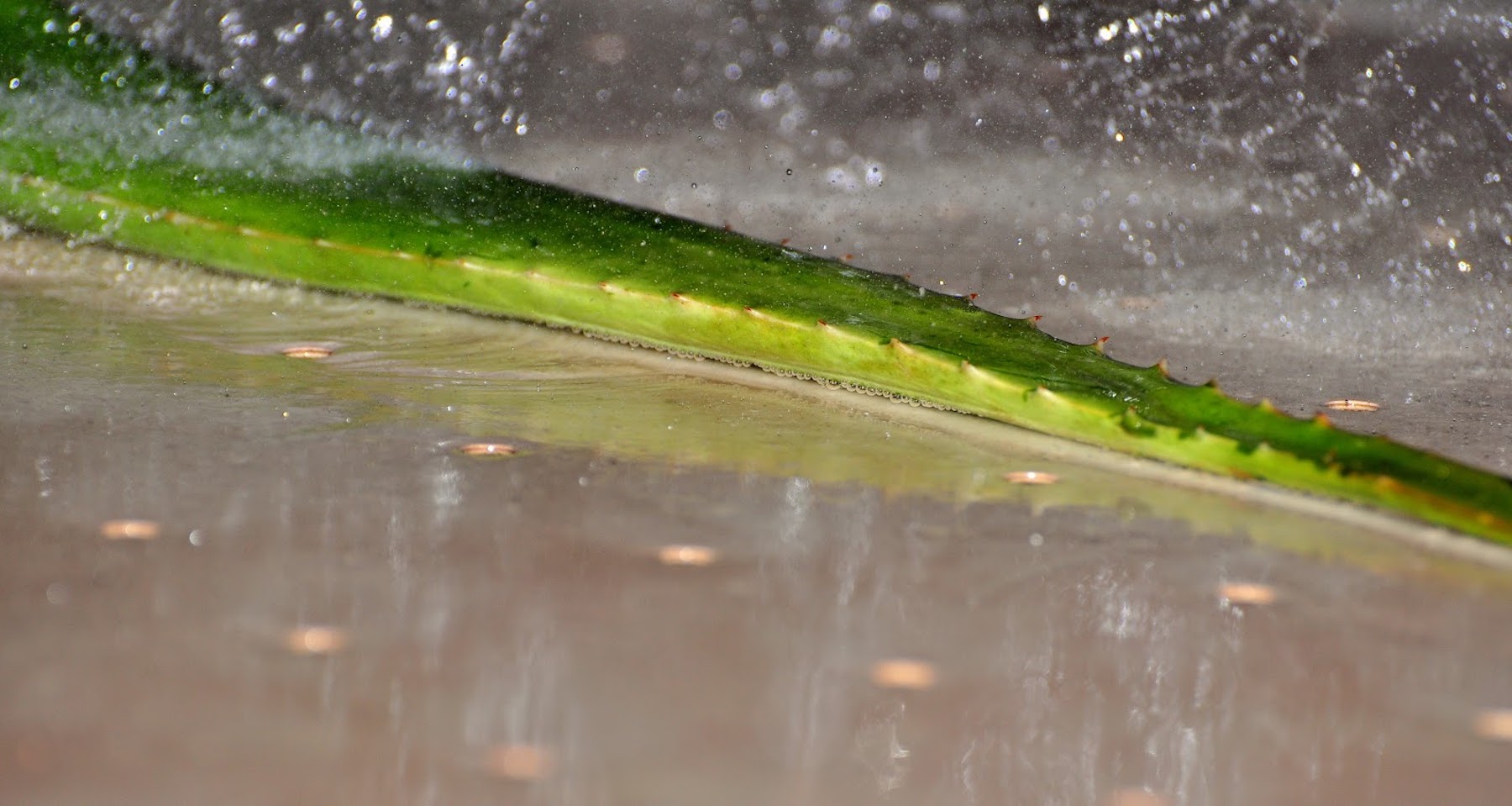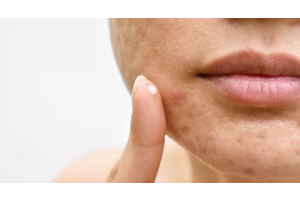Local Storage seems to be disabled in your browser.
For the best experience on our site, be sure to turn on Local Storage in your browser.
Extraction and cold stabilization of Aloe vera juice

There are several ways to extract and stabilize Aloe gel and juice. Depending on the process used for this, Aloe vera juice may be of a better or worse quality in terms of preserving the properties of the plant. That is to say, the process of extraction and stabilization of the Aloe that we use determinates the final quality of the product.
There are processes by which the properties of this plant are used to the maximum, while in other more economical processes, most of the properties are lost.
In the market there are numerous products that use their Aloe content as a claim, for this reason, it is very important to know how to differentiate between the main processes of extraction. Each manufacturer of Aloe vera products should indicate on the label whether it uses juice, extract, gel or powder.
1. Aloe vera gel is the pulp of the crushed leaf, rich in polysaccharides, vitamins and minerals, but may contain aloin, a laxative substance present in the plant, which in the process of transformation to obtain the juice is eliminated.
2. The Aloe vera juice, as the gel but this does not contain aloin, retaining the rest of beneficial components.
3. Aloe vera powder is dehydrated gel.
4. Aloe vera extract is a preparation obtained from powder mixed with water.
Many (perhaps most) manufacturers use powder, because of the cost and logistical savings involved; it is more expensive to transport vats of Aloe juice, than the powdered product already dehydrated, and add water later.
Stabilization
Aloe vera juice must be stabilized to keep it fresh, just as it came out of the marrow of the leaf. It is important to know how the juice has been stabilized after extraction, i.e. how to ensure that the characteristics of the juice are not altered during the weeks following extraction.
The two main methods to stabilize Aloe vera juice are:
1. Pasteurization: Aloe juice is exposed to high temperatures (above 120 degrees Celsius) for a short period of time. This eliminates all possible pathogens but also destroys many important molecules such as vitamins and enzymes.
2. Cold Stabilization: In a cold pressing machine, the outer part of the leaf (green) is separated from the inner part (pulp). In this machine the pulp is crushed, extracting an unfiltered raw juice that is pumped into a tank by means of a cooling coil. This is an artisanal process that allows maximum conservation of nutrients and minerals from the pulp.
It is the most effective conservation and stabilization procedure at the same time more costly and allows to preserve all the active principles in the presence of vitamin C and vitamin E, both natural antioxidants. For this reason, the 300 natural substances of the gel are conserved in an ideal way.
Pasteurization, dehydration and even exposure to ultraviolet radiation are systems that do not guarantee the preservation of the natural properties of Aloe Vera. These systems are used to reduce costs.
The incredible power of Aloe vera is lost immediately after being harvested. For this reason, a great advantage of Lanzaloe products over other Aloe Vera products on the market is the extraction and stabilization process. The cold extraction and stabilization used, prevents pasteurization and freezing. Thus, Lanzaloe Aloe vera juice is essentially identical to that found in a fresh leaf.
An analysis by the independent Spectral Service laboratory has shown that with this unique procedure the biogenic effectiveness of the gel is preserved at 100% compared to the gel in the fresh leaf.

